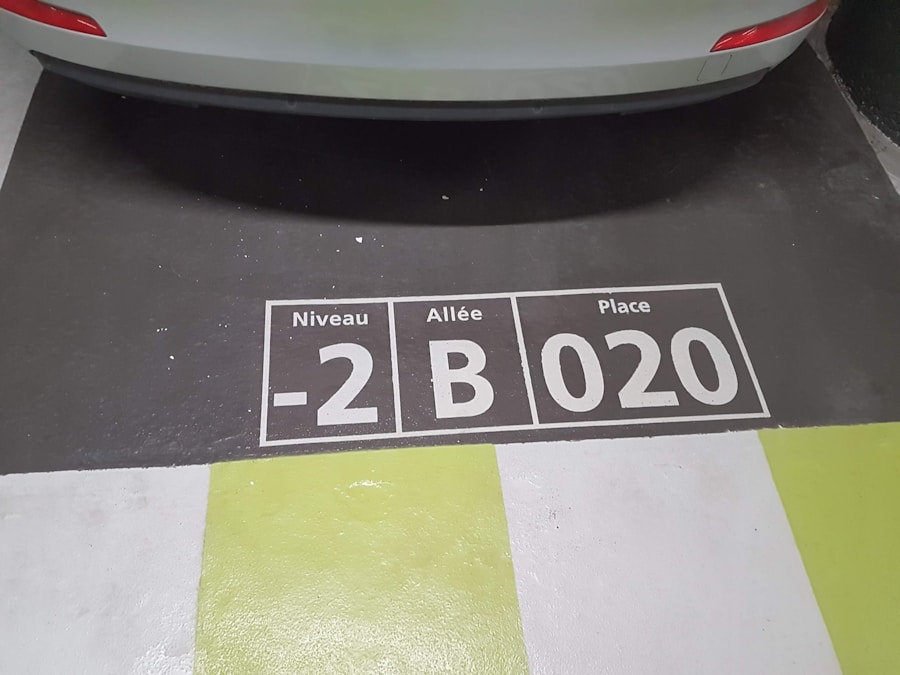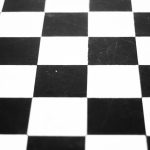Description
3D printing, also known as additive manufacturing, has revolutionized the way we conceptualize and produce objects. This innovative technology allows for the creation of three-dimensional items by layering materials based on digital models. The process begins with a computer-aided design (CAD) file, which is sliced into thin horizontal layers by specialized software.
The printer then deposits material layer by layer, gradually building the final product. This method contrasts sharply with traditional subtractive manufacturing, where material is removed from a solid block to create an object. The implications of 3D printing extend far beyond mere convenience; they touch on aspects of design, production efficiency, and even sustainability.
The origins of 3D printing can be traced back to the 1980s when Charles Hull invented stereolithography, the first commercial 3D printing technology. Since then, the field has expanded dramatically, with various techniques emerging, including fused deposition modeling (FDM), selective laser sintering (SLS), and digital light processing (DLP). Each method has its unique advantages and applications, contributing to the versatility of 3D printing.
As the technology has matured, it has transitioned from a niche tool used primarily in prototyping to a mainstream manufacturing solution that is reshaping industries worldwide.
Key Takeaways
- 3D printing is a process of creating three-dimensional objects from a digital file using a layering technique.
- Today, 3D printing is used in various industries such as healthcare, automotive, aerospace, and consumer goods.
- Advancements in 3D printing technology include faster printing speeds, improved material options, and increased precision.
- 3D printing has had a significant impact on industries by reducing production time, enabling customization, and lowering costs.
- Challenges and limitations of 3D printing include limited material options, high initial costs, and the need for skilled operators.
- The future of 3D printing technology holds potential for further advancements in materials, speed, and accessibility, leading to even wider applications across industries.
Applications of 3D Printing Today
The applications of 3D printing are vast and varied, spanning numerous sectors such as healthcare, aerospace, automotive, and consumer goods. In the medical field, for instance, 3D printing has made significant strides in creating custom prosthetics and implants tailored to individual patients. Surgeons can utilize patient-specific anatomical models produced through 3D printing to plan complex surgeries more effectively.
This personalized approach not only enhances surgical precision but also improves patient outcomes by reducing recovery times and minimizing complications. In the aerospace industry, companies like Boeing and Airbus are leveraging 3D printing to manufacture lightweight components that contribute to fuel efficiency and overall performance. By producing parts that are both strong and lightweight, these manufacturers can reduce the weight of aircraft, leading to lower operational costs and a smaller environmental footprint.
Additionally, the ability to print spare parts on-demand can significantly reduce inventory costs and lead times, allowing for more agile supply chain management.
Advancements in 3D Printing Technology

Recent advancements in 3D printing technology have propelled its capabilities to new heights. One notable development is the emergence of multi-material printing, which allows for the simultaneous use of different materials in a single print job. This capability enables the creation of complex objects with varying properties, such as flexibility in one area and rigidity in another.
For example, in the production of consumer electronics, multi-material printing can facilitate the integration of soft-touch surfaces with hard structural components, enhancing both functionality and aesthetics. Another significant advancement is the improvement in print speed and resolution. Innovations in laser technology and print head design have led to faster layer curing and more precise material deposition.
High-resolution printers can now produce intricate details that were previously unattainable, making them suitable for applications requiring fine craftsmanship, such as jewelry design or dental restorations. Furthermore, advancements in materials science have expanded the range of printable materials, including biocompatible polymers for medical applications and high-strength composites for industrial use.
Impact of 3D Printing on Various Industries
| Industry | Impact of 3D Printing |
|---|---|
| Automotive | Reduced lead times for prototyping and production, customization of parts, and cost savings in tooling and inventory management. |
| Healthcare | Customized medical implants, prosthetics, and dental devices, as well as on-demand production of medical equipment and instruments. |
| Aerospace | Lightweight and complex parts production, reduced material waste, and faster development of prototypes and components. |
| Consumer Goods | Personalized and on-demand production of consumer products, reduced supply chain complexity, and design innovation. |
| Architecture and Construction | Rapid prototyping of architectural models, customized building components, and sustainable construction practices. |
The impact of 3D printing on various industries is profound and multifaceted.
Companies can now produce parts closer to their end-users, reducing shipping costs and lead times while minimizing their carbon footprint.
This shift is particularly beneficial for industries that require rapid prototyping and iterative design processes, such as fashion and consumer electronics. Designers can quickly create prototypes, test them in real-world scenarios, and make adjustments without incurring significant costs or delays. In the construction industry, 3D printing is being explored as a means to create entire structures using large-scale printers.
Projects like ICON’s 3D-printed homes demonstrate how this technology can address housing shortages by providing affordable and efficient building solutions. These homes can be printed in a matter of days rather than months, significantly speeding up the construction process while maintaining structural integrity. Moreover, 3D printing allows for innovative architectural designs that would be challenging or impossible to achieve using traditional construction methods.
Challenges and Limitations of 3D Printing
Despite its many advantages, 3D printing faces several challenges and limitations that hinder its widespread adoption across all sectors. One significant issue is the variability in material properties. While advancements have been made in developing new materials for 3D printing, ensuring consistent quality remains a challenge.
Factors such as temperature fluctuations during printing or variations in material composition can lead to defects in the final product. This inconsistency can be particularly problematic in industries like aerospace or healthcare, where safety and reliability are paramount. Another challenge is the regulatory landscape surrounding 3D printing technology.
As it becomes more integrated into various industries, regulatory bodies must establish guidelines to ensure safety and compliance. In the medical field, for instance, the FDA has stringent requirements for medical devices that may not yet fully account for the unique aspects of 3D-printed products. Navigating these regulations can be complex and time-consuming for manufacturers looking to bring innovative products to market.
Future of 3D Printing Technology

Looking ahead, the future of 3D printing technology appears promising as ongoing research and development continue to push boundaries. One area poised for growth is bioprinting—the use of 3D printing techniques to create living tissues and organs. Researchers are exploring ways to print complex biological structures that could one day lead to organ transplants without the need for donors.
This advancement could revolutionize healthcare by addressing organ shortages and improving patient outcomes. Additionally, as artificial intelligence (AI) and machine learning technologies advance, they will likely play a crucial role in optimizing 3D printing processes. AI algorithms can analyze vast amounts of data from previous prints to identify patterns and suggest improvements in design or material selection.
This integration could lead to more efficient production methods and higher-quality outputs across various applications. In conclusion, while challenges remain, the trajectory of 3D printing technology suggests a future where it becomes an integral part of manufacturing processes across diverse industries. As innovations continue to emerge and regulatory frameworks adapt, we may witness a transformation in how products are designed, produced, and delivered—ultimately reshaping our understanding of manufacturing itself.
If you’re a fan of mobile gaming, you may also be interested in checking out the Geometry Dash Lite article on Botbclub. This popular game challenges players with its fast-paced rhythm-based platforming levels. It’s a great way to test your reflexes and coordination while enjoying some catchy tunes.
FAQs
What is a 3D result?
A 3D result refers to the outcome of a 3D lottery game, where players choose a three-digit number and win prizes based on matching the drawn numbers.
How is a 3D result determined?
A 3D result is determined through a random drawing of three numbers, typically using a mechanical ball machine or a computerized random number generator.
Where can I find the 3D result today?
You can find the 3D result today by checking the official website of the lottery operator, visiting authorized lottery outlets, or checking local newspapers for the published results.
What are the prizes for matching the 3D result?
The prizes for matching the 3D result vary depending on the specific rules of the lottery game, but typically include different prize tiers for matching different combinations of numbers.
Can I play the 3D lottery game online?
Some lottery operators offer the option to play the 3D lottery game online through their official websites or mobile apps, allowing players to participate in the game from the comfort of their own homes.





